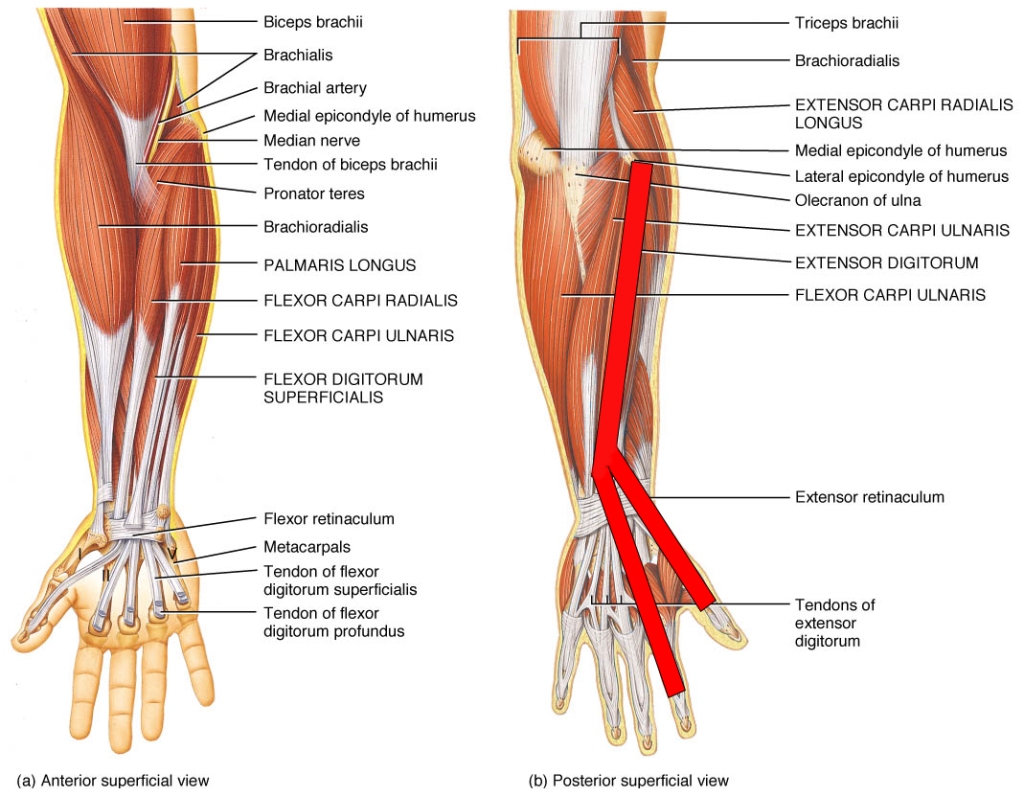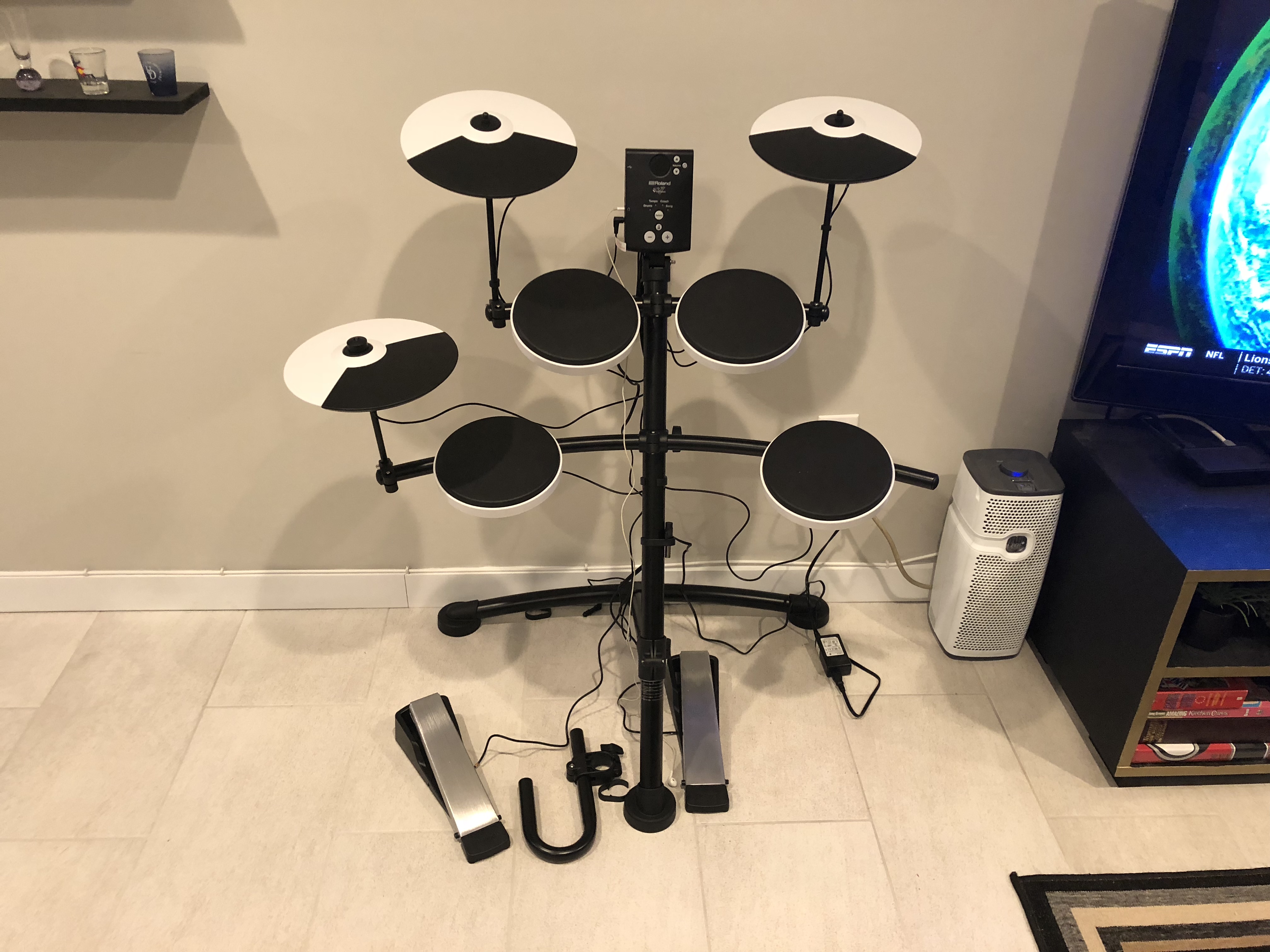Developing technique is a looooong process. Probably a life-long process. Drummers are similar to athletes and weight lifters in the sense that our development is directly tied to muscle memory. When the muscles are conditioned, you can execute the task more effectively. Technique is everchanging with respect to one’s muscular capacity. That is not to say you have to be jacked to play the drums. The training we endure has more to do with reflexes than body mass. But certain concepts are unattainable if the muscles aren’t conditioned for the job. I believe it all starts with technique and continues to circle back to technique throughout a drummer’s evolution.
Grip
Most drummers decide early in the process whether they want to use matched grip or traditional. Some mix it up depending on what they are playing. Some gravitate toward grips reliant on wrist mobility. Some prefer to use their fingers. I made the mistake of being complacent with my technique early on. I had a solid command of my instrument using a matched grip with an emphasis on my wrists. It seemed like it was enough… Then along the way, I realized I could do different things using more of a French grip grounded in finger technique. But I couldn’t quite figure out how to go back and forth in real time. I didn’t understand how to apply finger technique into my playing outside of simply practicing the exercises.
Then I heard it!
A drummer colleague of mine put it into a perspective that changed drumming for me. He told me to use the WHOLE MACHINE… It was so simple but so mind-blowing for me. It put a million thoughts, memories and struggles into crystal clear view. It bridged a mental block connecting the THEORY of technique to the APPLICATION of it.
Think about your entire arm, from shoulder to fingertips. It’s a collection of muscles, joints, ligaments, tendons, bones, veins…. It’s a machine, and our job is to figure out how to use it. Remember when I said it’s a loooong process? That’s because this machine follows a “use it or lose it” science. It is fueled by repetition, movement, frequency, endurance, and is constantly striving to do what it currently can’t do. But if you don’t use the machine, it’s going to get weaker. In that sense, it’s a life-long process. I use a metronome to set endurance goals for myself. If I can play something at 150 BPM absolute MAX, I want to push that boundary. If I accept 150 as the fastest I can play, then it will be the fastest I can play. But the human mind is determined. So I’ll set a goal is to play it at 160 BPM in 2 weeks. Then it’s time to put the machine to work…
The Application of theory
How do you apply the theory of technique to power this machine? You can start with the muscle groups that need to be conditioned. Think about the technique that is most natural to you. Why is it most natural? Which muscles are being worked? Which ones aren’t? Try a technique that is less natural and ask yourself the same questions. Do it again. Through that process, you will tell very quickly which muscles are simply not conditioned to thrive in the machine. Stop looking at technique as “a way you hold your sticks”. See it as a way to condition the machine. It is a human instinct to seek comfort, so it’s no surprise that drummers often find a comfortable grip, a comfortable speed, roll with it, and think nothing more of it. But we must break through our comfort zone to develop the parts of the machine that are the weakest.
Common Techniques and the muscle groups worked:
Consider this more of a calculated observation than a science. You are using many muscles in your hand and arm for each technique, but the areas highlighted in red indicate that central muscles used for each grip.
American Matched grip
The image below shows the right hand only. With American matched grip, you will be holding both sticks the same and using the same muscle groups for a motion that depends largely on wrist movements. You will notice the muscles effected the most run from your fulcrum fingers through the arm, primarily on the posterior side of the arm.

French Matched grip
Since the motion of your stick will now depend largely on finger movements, with French grip, you are using the muscles attached to the middle and index fingers. Pay attention to the muscles impacted on both the posterior and anterior sides. You can squeeze those fingers without even holding a stick and see the muscle movements through your arm.

Traditional grip
Keep in mind, your dominant hand will likely be using one of the grips above, while your less dominant hand is now holding the stick between the thumb and pointer finger. So naturally, you are now using the muscles attached to the fulcrum fingers, particularly the muscles attached to the thumb.

Achieving Results
Now you know the muscle groups you are strengthening when you play as well as the ones you are ignoring completely. Remember, the machine is only as strong as it’s weakest component, so the action plan should include a focused and consistent approach to building muscle memory throughout your arm. The primary muscle groups we use as drummers are between the elbow to fingertips. So while upper arm strength may make you look good, those muscles are of lesser importance for our purposes.
Your technique and comfort feed off one another. Now that your fingers are stronger, you can play a more effective double time swing. Now that your wrist is trained, you can use it to maximize speed. The machine is functioning effectively and as a result, you have smarter muscles, quicker reflexes, and a lot more confidence in your playing. It’s a process that simply doesn’t happen if you remain complacent with technique.
I teach virtual lessons to students all over the country. Contact me to take a drum lesson online of in person if you are in the Philadelphia area. I’ll help you develop your technique, build speed, and take your drumming to the next level.


